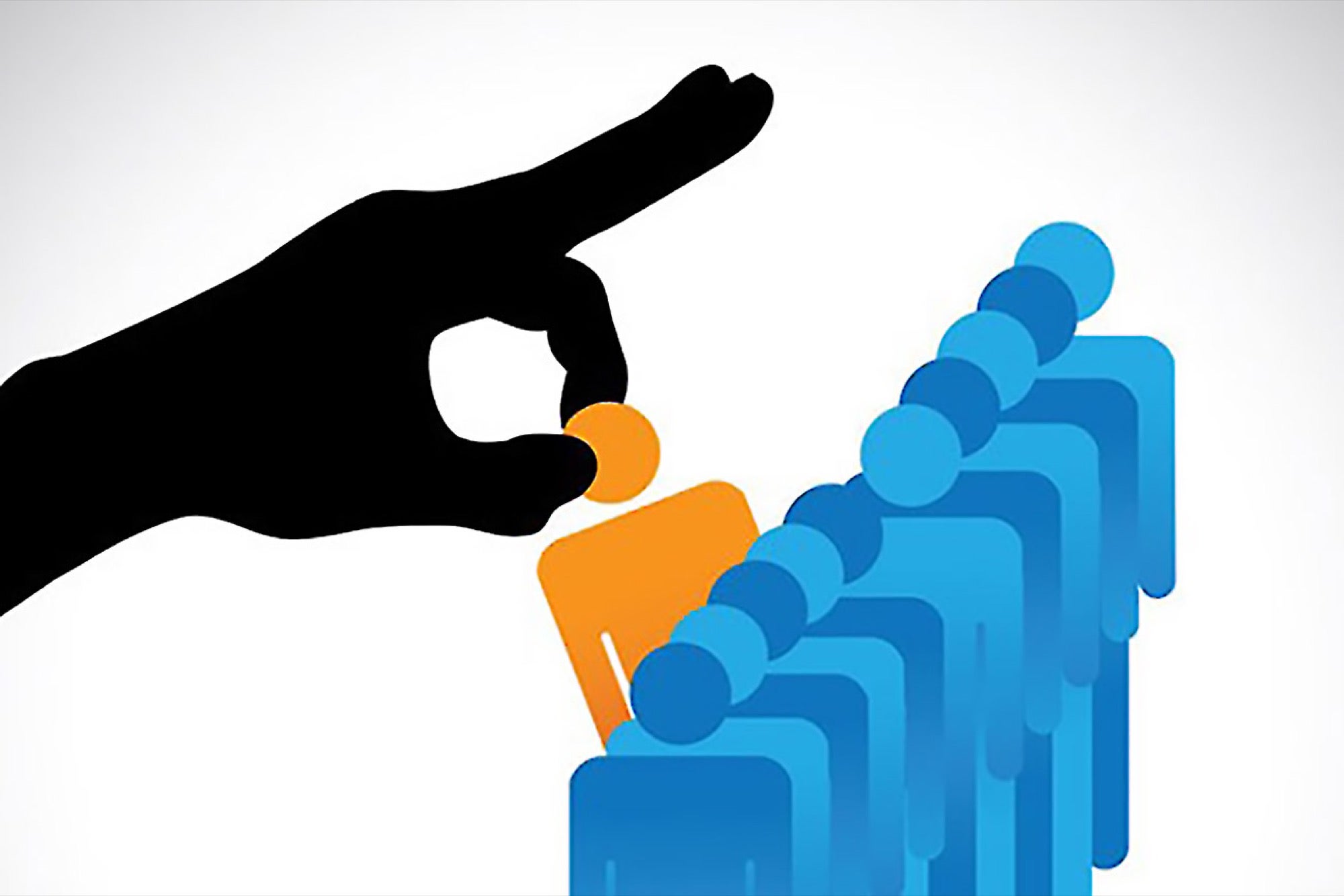The 4 Punishing Costs of Making a Bad Hire The financial wreckage wrought by hiring the wrong person is much too often hidden from the founder's notice.
By Adam Robinson Edited by Dan Bova
Opinions expressed by Entrepreneur contributors are their own.

Most businesses focus the bulk of their attention on boosting revenue. That's obvious for many reasons, right? But what about the other facets that make up a business's bottom line? One of the simplest, yet often overlooked ways a business can lose money is from bad hires. Making poor hiring decisions is akin to creating a hidden tax on your business. There's no line item on your income statement called "bad hires," but the impact on your finances is very real. How does a bad hire cost your business and its bottom line?
Cash Flow.
Payroll costs make up around 70 percent of the cost structure of an average business. When you put a bad hire on the payroll, you are shoveling cash out the door and receiving very little business benefit in return. On top of the wages you're paying, you're also getting hit on federal, state and local payroll taxes. If and when you actually get around to terminating that underperforming employee, you're going to get an increase to your unemployment insurance withholding rate -- sucking up even more cash.
Related: The 5 Worst Cash-Flow Mistakes Small-Business Owners Make
Bad hires are a cash furnace. According to the U.S. Bureau of Labor Statistics, the average cost of a poor hiring decision can equal 30 percent of the individual's first-year potential earnings. In nearly all cases, it is better to have an unfilled position -- no matter how painful -- than to plug a warm body into your open job and hope it works out.
Lost Opportunity.
While the cash flow impact of a bad hire is substantial, the larger impact comes from the massive opportunity cost incurred by putting a bad hire on the roster. This opportunity cost is particularly nasty in revenue generation and customer retention roles, like sales and customer success.
On average, it takes a new salesperson 18 months to become fully effective in a new organization. That long lead time means that your new rep is going to field tens, even hundreds of high-quality sales opportunities before you know whether or not they've got what it takes to close deals. By the time you realize you've made a poor hire, you've lost millions of dollars of future customer value that you will never see in your bank account.
Related: The High Cost of Sales Team Turnover
In customer success roles, a bad hire's impact can be felt more immediately, the risk is massive because the bad hire's actions can ripple out across your entire customer base. The worst feeling I've ever had as a manager was the moment I realized that I just transitioned every one of my largest accounts to a new hire whose ability to manage these accounts was just shy of terrible.
Culture impact.
By far, the biggest cost of a bad hire is the damage that they do to your company's culture. As the leader, you spend years creating a work environment that reflects your company's core values, but one wrong hire can act as a wrecking ball that smashes all of your hard work.
Your company's A-players don't want to get stuck working with C's. When you add low performers into the mix, no one feels their impact more than your best people, because they're the ones whose jobs get made more difficult when the team starts slipping. When deals get blown up because of mistakes made or poor service delivered, it costs your top people real dollars in the form of lost commissions and incentives. Rather than stick around for the next snafu, they'll look for another employer.
Management burden.
Furthermore, bad hires cause manager burnout. Competing in today's business environment is already a stressful endeavor. When managers have to constantly re-recruit and re-train team members due to turnover caused by poor hiring decisions, it's like they're carrying around a rucksack full of bricks: they can get where they're supposed to go, it's just going to take longer and be a lot more difficult.
Related: How to Recognize and Beat Burnout
Eliminating just one bad hire per year can save your company thousands of dollars in payroll expenditures, hundreds of thousands of dollars in lost opportunities, and will help to preserve the culture that you've worked so hard to build. Treat your company's hiring process like the critical core business function that it is, few investments have a greater payback.










